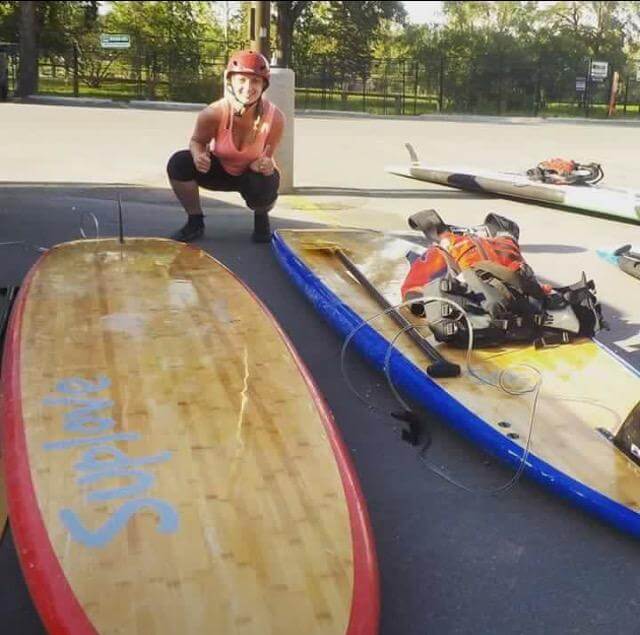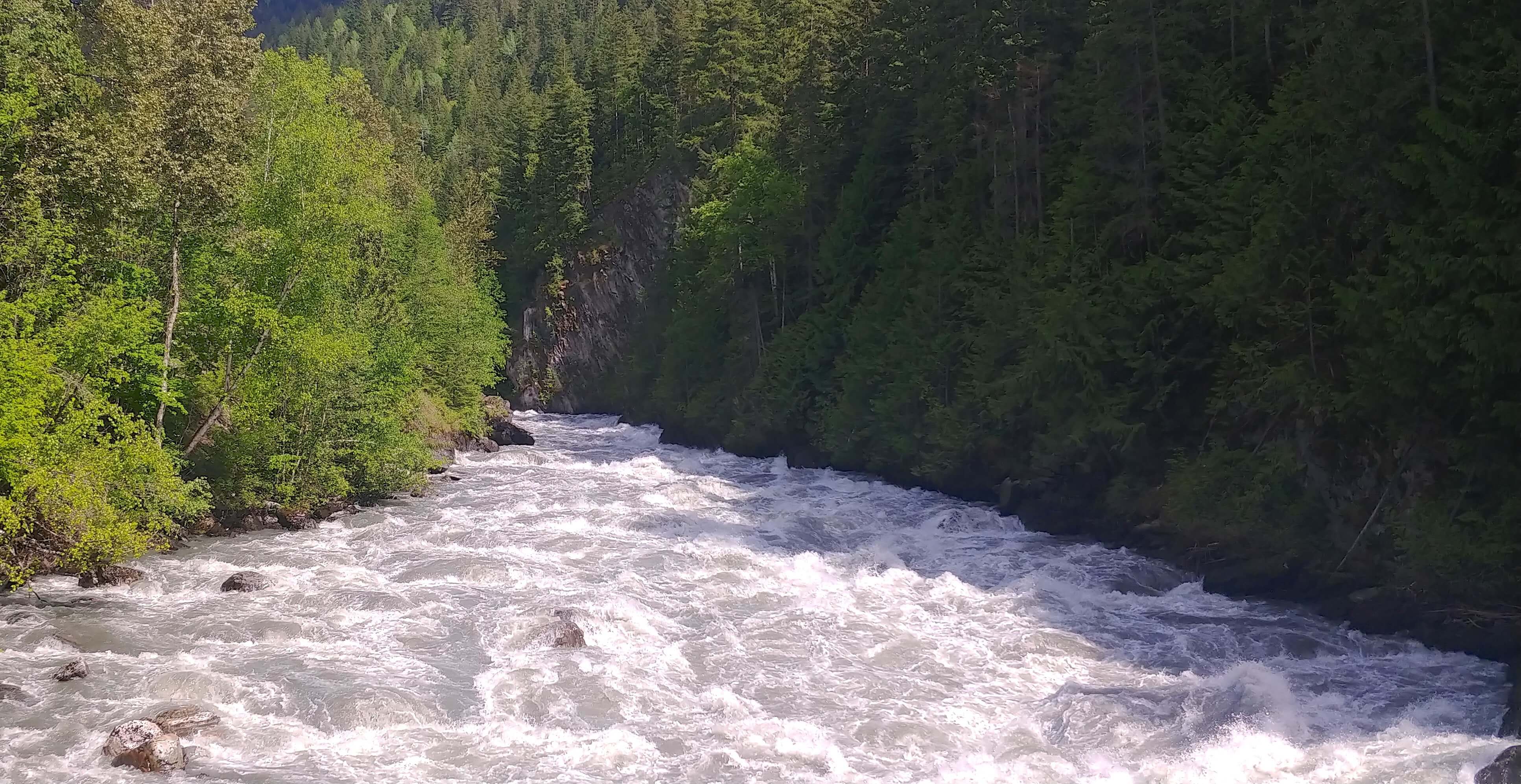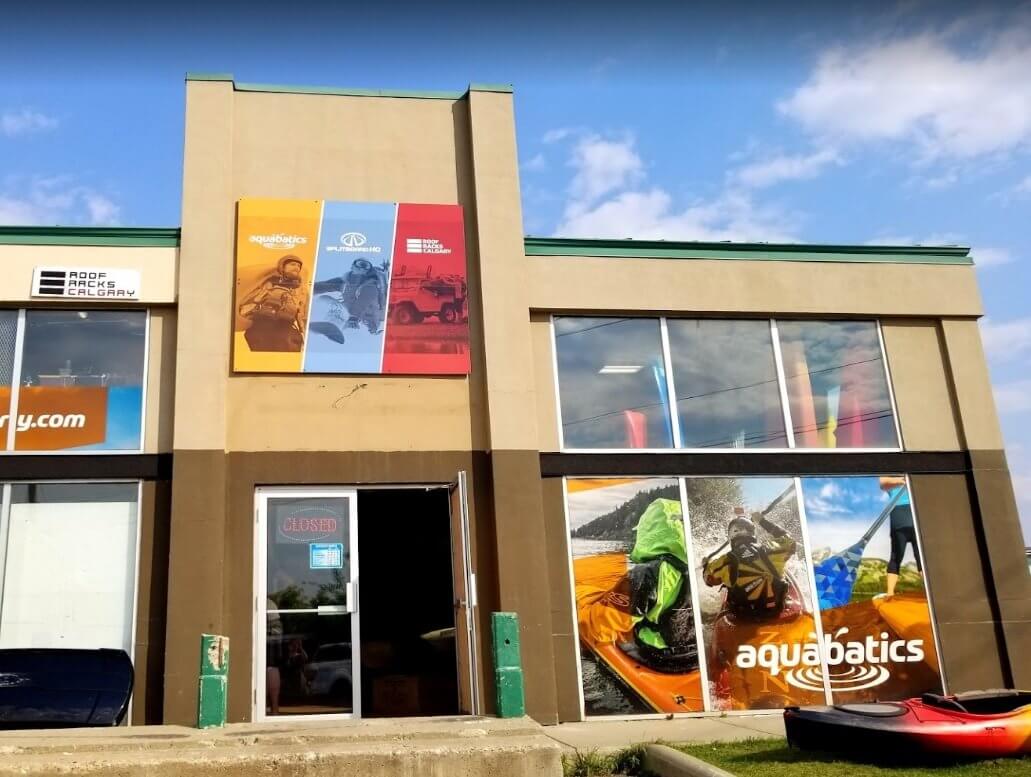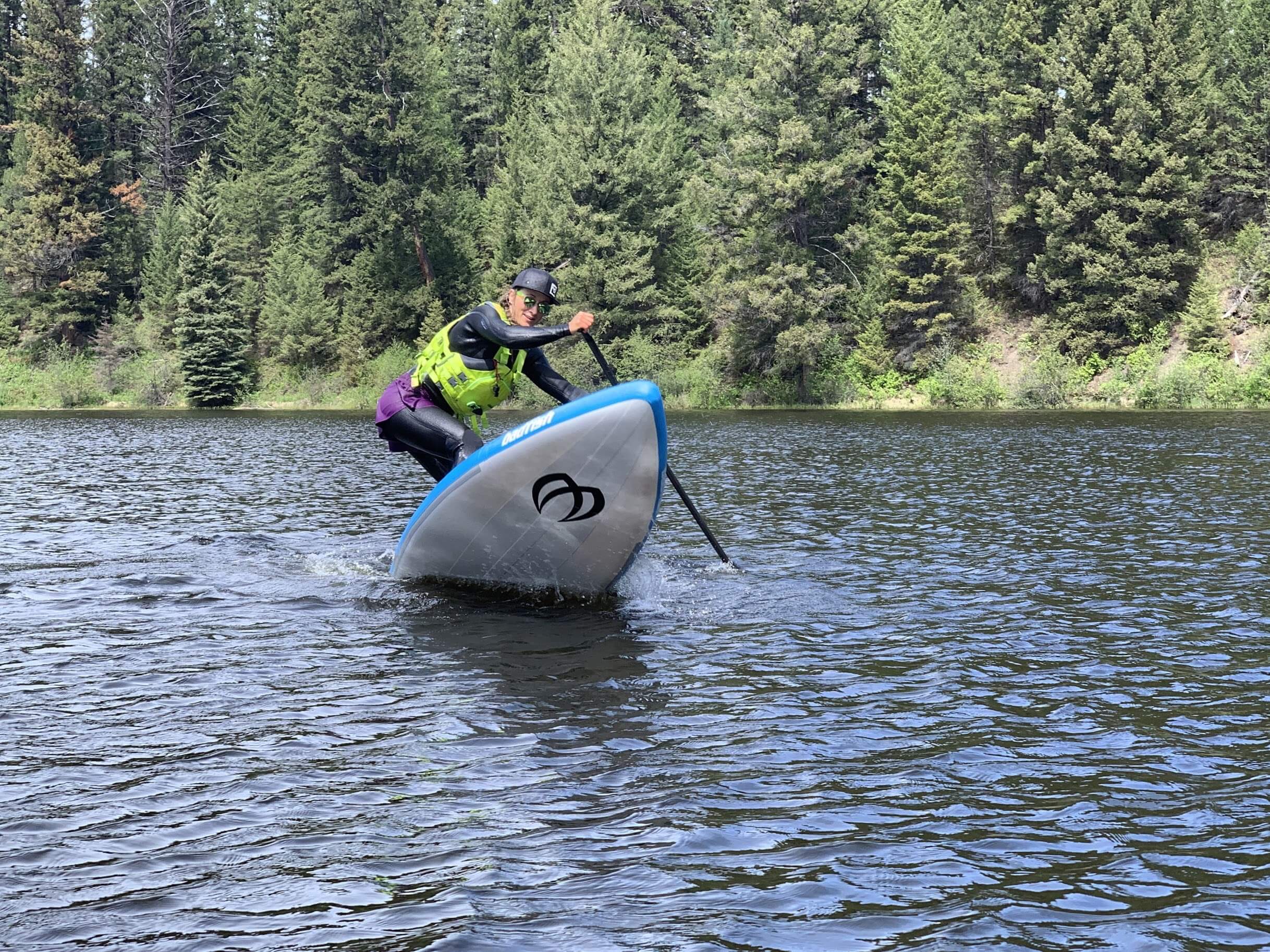How to find a leak in your SUP
For the longest time I didn’t see the value in inflatable paddleboards. I thought they seemed more like a beach floaty than a form of exercise or a vessel to explore on.
And then, I was introduced to river SUP.
At the time, my board of choice was a 10”6’ Suplove with a bamboo inlay, bright blue rails and a tie dye deck pad that I had picked out myself. It was a beautiful board, but admittedly, a fragile board. Even setting it gently onto the wrong spot of pavement after unloading it from the roof of my car would cause paint chips. There was no way I could take this board on the river.
So, I did what many of us do when we’re branching into a new sport, I found a cheap inflatable on Kijiji. It would be my “beater board” that I would take on the river as I determined if I wanted to continue with this new discipline of the sport.
It didn’t take long to decide that I wanted to continue paddling on rivers. The following season I upgraded to a proper river board, complete with rocker, low profile flexible fins, deck rigging and lots of handles that made carrying and remounting easier. I LOVED that board, it helped me grow my skills and confidence on the river… but it did take a beating in the process.
In the past I would inflate and deflate my board every time I used it, which, isn’t really best practices for board care, but we can save that topic for another time. While attending Kanfest last summer though, I left my board inflated all weekend. By the time Sunday rolled around, my board had lost significant pressure. I’d had a slow leak in my board for who knows how long.
Here’s the thing – a slow leak isn’t the end of world. It can be fixed right at home and your board will live to paddle another river by following these easy steps:
- Inflate your board.
- Gather your supplies – you’ll need some warm soapy water (I use dish soap), a sponge, a marker and the repair kit that came with your board.
3. Dip your sponge in the soapy water and start forming a lather on your board. Let that sit for a couple of minutes until most of the soap starts to dissolve. Tip: If you have a suspicion of where the leak may be, start there. The valve of your board and seams are common culprits.
4. If you have a leak, the pressure releasing from your board will start to form bubbles. This is why you want to let things sit for a couple minutes, so you can differentiate between just plain ol’ soap and an actual leak. Tip: if you’re not sure if something is a leak, try blowing the bubbles away and watch to see if they come back. They will reappear pretty much immediately if there is a leak.
5. Once you’ve found a leak, mark it with your marker (you could also use tape or a small sticker if you don’t want to mark up your board). When you’re confident you’ve found all the leaks, deflate your board.
And voila! That’s how you find the source of a leak. Next comes the actual repair. If you’re using this method to find a leak, chances are it’s very small. In this case, I prefer to use just the glue that comes in my repair kit as opposed to a patch.
If you don’t have glue in your kit, or it’s one of those one-time-use-and-then-the-lid-becomes-permanently-attached-to-the-tube glues, you can pick up a marine grade glue at any watersports retailer (like Aquabatics!). Some glues work better on certain surfaces, so be sure to ask the staff which one will work best for your board.
Shop repair supplies https://aqoutdoors.com/collections/kayak-outfitting-repair
Let the glue sit overnight. By doing this with your board deflated, it allows the glue to seep into the leak and really seal it up nicely. Plus you won’t have air trying to escape and forming air bubbles in your repair.
Once the glue has dried, pump it back up and put your repair to the test!









